‘The Pursuit of Something Bigger:’ The Path Forward for Climate IMM With Clean Energy Ventures’ Saurabh Kumar
Allocating capital towards innovative climate solutions is as much a science as it is an art.
It requires analysts to embrace uncertainty and act with humility as they strive to make informed, science-backed decisions.
In a Q&A with Project Frame, Clean Energy Ventures’ (CEV) Impact Manager and Project Frame Steering Committee Member, Saurabh Kumar, shares his perspective on these challenges and opportunities, from the value of diverse perspectives to the growing importance of measurement frameworks.
What does impact mean to you? What motivated you to do this work?
I don’t think I ever intentionally set out for a position in the impact space, but once I was here, it felt like everything really clicked.
To me, impact is the pursuit of something bigger, but it can mean so many things and I think that is part of why the work is motivating in and of itself. You always have a sense of what you are working toward, and it feels consequential. But consequences are a big piece of impact. We always say that “Impact = Outcomes”, so it is really refreshing and always captivating to see how we can combine so many different perspectives from people motivated by different ideas of impact to create these positive outcomes.
Climate investors face inherent challenges, from understanding the risks and opportunities of novel technologies to working within changing political landscapes. How do you navigate these challenges?
Climate change is quite literally unfolding in front of our eyes. The planet is a living, changing thing, so as climate investors, we also need to be constantly adapting our approach and thought process to continue doing good for the planet.
Risk assessments and working under uncertainty are part of any investment strategy but to navigate these both in such a quickly changing environment, we need to be agile and have humility. CEV has a strong culture of open strategic conversations, which helps us all align on the firm’s top priorities and how we can best contribute. Asking for help and constantly learning are necessary in this space.
How do you see CEV's role on Frame's Steering Committee? How has that role changed as Frame's community has grown?
It’s dually a privilege and a responsibility. The growth in the Frame community illustrates the growing interest in and importance of Impact Measurement broadly.
As climate investment continues to mature, the need for increasingly thoughtful measurement frameworks is a key piece of improving the way we allocate capital and evaluate the success of investments. CEV has always been dedicated to playing an active role in developing the practice of sustainable investment, pushing ourselves and our peers to continue improving all the time.
How would you like to see the practice of forward-looking emission impact assessment evolve to meet the needs of investors and the climate in 2025?
I think geographic segmentation is really important, especially as nations around the globe exhibit varying rates of clean energy adoption and introduce policies that either accelerate or inhibit the growth of renewables. To get a true sense of how decarbonization technologies will have an impact, it’s important to find ways to better integrate these nuances in our modelling.
At CEV, we are looking for better ways to introduce market segmentation by using market-specific information when available, especially for residential technologies where adoption rates can vary greatly, or industries like Steel where China currently makes up the majority of the market, and the current production method used is emission intensive. This can influence broad emission factors or analyst estimates about market growth, and it is important to consider the reality of how certain innovations will permeate. Part of that is understanding how an innovation competes with the incumbent technology in specific geographical contexts from a cost and usability perspective.
Transaera, one of our recent investments, has a novel HVAC technology that is better able to handle moisture in the air, making it an incredibly high efficiency solution for places like the Southeast US and South Asia. The technology’s benefits may be less pronounced in drier climates.
Saurabh Kumar, Impact Manager at Clean Energy Ventures, focuses on quantifying the environmental impacts of climate technologies, conducting sustainability-related due diligence on prospective investments, and creating value for portfolio companies by advising on opportunities to embed sustainability into long-term growth strategy.
Prior to his current position, Saurabh was an Impact & Sustainability Analyst at Energy Impact Partners, and worked as a Research Assistant at the NYU Stern Center for Sustainable Business. He holds a Bachelor of Science in Business with Concentrations in Sustainable Business and Economics from the Stern School of Business at New York University where he graduated magna cum laude.

